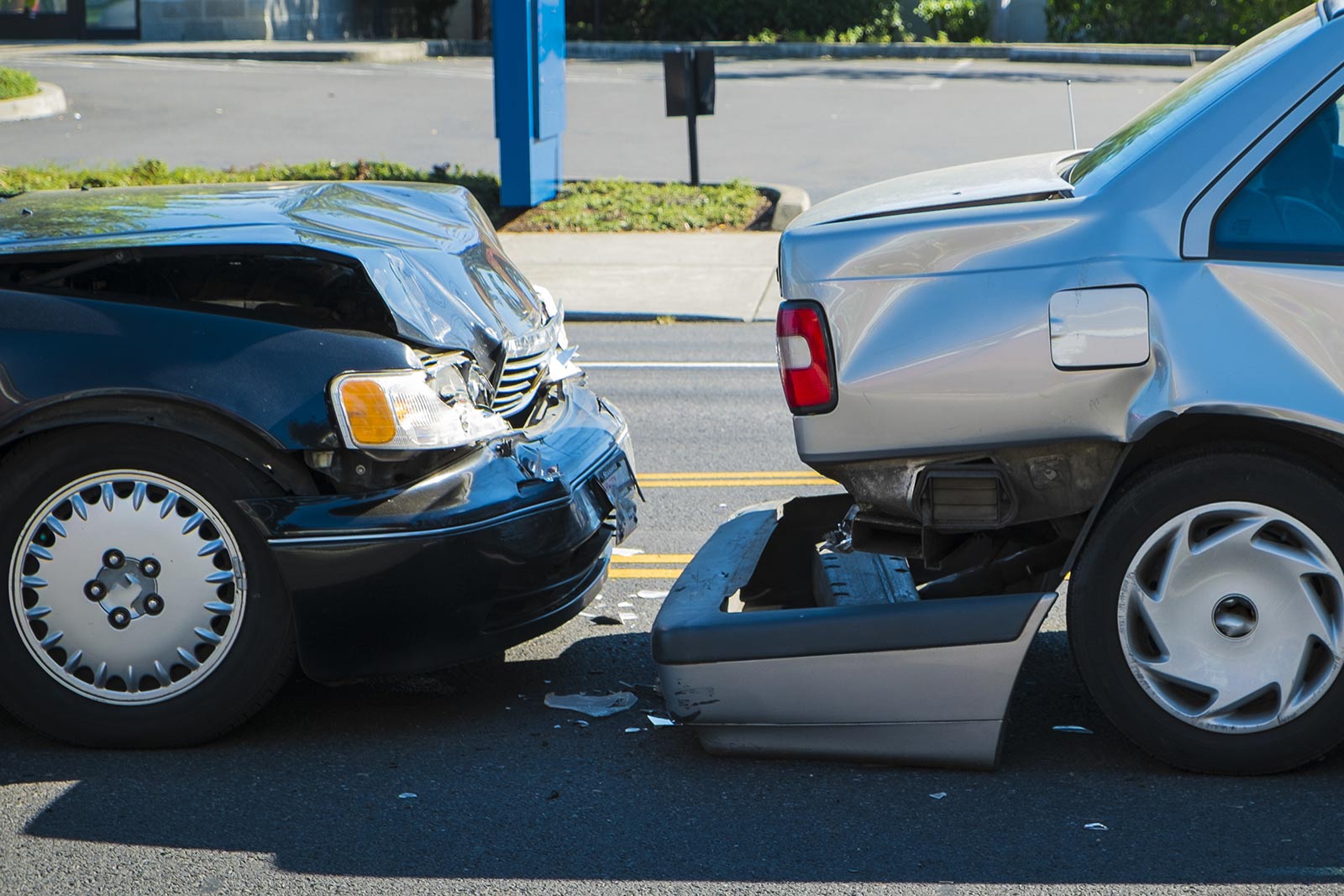Dec 3, 2024
Understanding Oregon’s Comparative Negligence Law: How It Impacts Your Claim

In the aftermath of an accident, understanding your legal rights is crucial. Personal injury claims can be complex, especially in states like Oregon, where comparative negligence laws govern how fault and compensation are determined. If you’ve been injured in an accident, Oregon’s comparative negligence law could significantly impact your ability to recover compensation. Here’s what you need to know about this law and how it may affect your personal injury claim.
What Is Comparative Negligence?
Comparative negligence is a legal doctrine used to determine how fault is distributed among parties involved in an accident. Unlike states with strict liability or contributory negligence laws, Oregon recognizes that more than one party can share responsibility for an accident.
For example, if two drivers collide at an intersection and both were acting negligently—one speeding and the other running a red light—both parties might bear some level of fault. Comparative negligence allows courts to apportion blame and adjust compensation accordingly.
Oregon’s Modified Comparative Negligence Law
Oregon follows a specific type of comparative negligence known as modified comparative fault. This system allows individuals to recover damages as long as their share of fault does not exceed 50%. This is commonly referred to as the 51% rule.
The 51% Rule Explained
The 51% rule means that if you are found to be 51% or more at fault, you cannot recover compensation for your injuries. However, if your fault is 50% or less, you can still receive compensation, but it will be reduced by your percentage of fault.
For example:
- If you are awarded $100,000 in damages but found to be 20% at fault, your compensation would be reduced by 20%, leaving you with $80,000.
- If you are 51% at fault, you are barred from recovering any compensation.
This system aims to ensure that individuals who are primarily responsible for their injuries do not benefit financially while still allowing partially at-fault parties to recover fair compensation.
Examples of Comparative Negligence in Action
1. Car Accidents
Imagine you are driving down a busy street when another driver runs a stop sign and collides with your vehicle. During the investigation, it’s revealed that you were speeding at the time of the accident. The court determines that the other driver was 70% at fault for failing to stop, while you were 30% at fault for exceeding the speed limit. In this scenario:
- If your damages are $50,000, you would receive $35,000 after a 30% reduction for your share of fault.
2. Slip and Fall Accidents
Consider a scenario where you slip and fall in a grocery store. While the store failed to clean up a spill, it’s also found that you were looking at your phone and not paying attention to your surroundings. The court may assign 40% fault to you and 60% to the store. If your total damages are $20,000, you would recover $12,000.
3. Pedestrian Accidents
If you are hit by a car while jaywalking outside of a crosswalk, but the driver was also speeding, both parties could share fault. In this case, if you are deemed 25% at fault and the driver 75%, your compensation would be reduced by 25%.
How Comparative Negligence Impacts Compensation
Understanding how fault percentages affect compensation is crucial when pursuing a personal injury claim in Oregon. Here are key takeaways:
- Partial Recovery: Even if you are partially at fault, you can still recover compensation as long as your fault does not exceed 50%.
- Fault Allocation Matters: The percentage of fault assigned to you directly reduces your total award. Accurate fault allocation is critical to ensuring you receive fair compensation.
- Insurance Companies and Fault: Insurers often attempt to shift as much fault as possible onto claimants to minimize payouts. Having an experienced attorney on your side can help counter these tactics.
Why You Need an Experienced Attorney for Comparative Negligence Cases
Navigating Oregon’s comparative negligence law can be challenging without skilled legal guidance. Here’s why working with an attorney is essential:
1. Proving Fault
Determining fault in a personal injury case often involves gathering evidence such as police reports, witness statements, and expert testimony. An attorney can ensure that all relevant evidence is collected and presented effectively.
2. Countering Insurance Company Tactics
Insurance companies may argue that you are more at fault than you actually are, which could jeopardize your ability to recover compensation. An attorney will advocate on your behalf, negotiating with insurers to ensure a fair assessment of fault.
3. Maximizing Compensation
An attorney understands the intricacies of Oregon’s personal injury laws and can work to maximize your recovery. This includes calculating the full scope of your damages, such as medical expenses, lost wages, pain and suffering, and future costs.
4. Litigation Support
If a fair settlement cannot be reached, your attorney can take your case to court and present a strong argument for minimizing your share of fault.
Take Action to Protect Your Rights
If you’ve been injured in an accident, understanding how Oregon’s comparative negligence law applies to your case is vital to protecting your rights and securing fair compensation. At Cole Tait PC, our experienced personal injury attorneys are here to guide you through the legal process, advocate for your best interests, and help you navigate even the most complex cases.
Contact Cole Tait for a Free Injury Case Consultation
Don’t let Oregon’s comparative negligence laws keep you from pursuing the compensation you deserve. Call Cole Tait PC today at (503) 650-1731 or fill out our online consultation form to schedule a free, no-obligation consultation. Let us fight for your rights and help you get the justice and compensation you need to move forward with confidence.